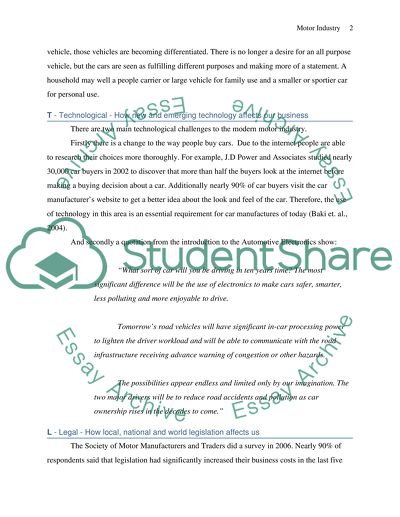Cite this document
(Analysis of the Motor Industry Assignment Example | Topics and Well Written Essays - 2000 words, n.d.)
Analysis of the Motor Industry Assignment Example | Topics and Well Written Essays - 2000 words. Retrieved from https://studentshare.org/marketing/1500620-motor-industry
Analysis of the Motor Industry Assignment Example | Topics and Well Written Essays - 2000 words. Retrieved from https://studentshare.org/marketing/1500620-motor-industry
(Analysis of the Motor Industry Assignment Example | Topics and Well Written Essays - 2000 Words)
Analysis of the Motor Industry Assignment Example | Topics and Well Written Essays - 2000 Words. https://studentshare.org/marketing/1500620-motor-industry.
Analysis of the Motor Industry Assignment Example | Topics and Well Written Essays - 2000 Words. https://studentshare.org/marketing/1500620-motor-industry.
“Analysis of the Motor Industry Assignment Example | Topics and Well Written Essays - 2000 Words”, n.d. https://studentshare.org/marketing/1500620-motor-industry.


